Before arriving to South Korea we had the plan to find a place to WWOOF. For people not familiar with this term it means: Willing Workers On Organic Farms. We would like to learn more about organic farming, methods involved, local Korean life and lengthen our journey by volunteering and staying with local people. I would be WWOOFing for 10 days and experiencing a rural Korean farm.
The photos are here: WWOOFing South Korea
By the time we both became a member of WWOOF Korea some of the projects we had been looking at for a while had disappeared because the farms had withdrawn their membership. We were quite sad about that because we both had to pay a membership fee and then for us interesting projects were gone. But we remained positive. Also we had heard many stories about the full-on Korean working lifestyle and that some farms wanted quite some hours of work from their WWOOFers while WWOOFing. So by the time we had this information we were not sure about it anymore.
Martin had to go back to Denmark for two weeks, so Susanne had written a few farms and decided to go to a pine tree farm close to Jecheon (farm GW_109 on the website of WWOOF Korea).
The farm, called Amara Valley is located in a small village next to a river between green mountains with many trees. A larger village is just two kilometres away. It took about twenty minutes by car from Jecheon and the host mother picked me up. I could call the hosts Ajeossi and Ajumma, which literally translates to middle aged man and middle aged woman in Hangul, the Korean language. The hosts spoke only little English so we had to talk a lot with hands and feet, Google translate and my phrase book.
At the farm they have two dogs, six chickens, eight baby chickens and four goats. Their main source of income is decorative pine trees. Also they sell sweet potatoes and juice such as Bokbunja and juice from the pine trees. They also provide in their own sustainable living by growing multiple crops such as lettuce, pumpkin, watermelon, apples, pears, grapes and berries. They grow maple trees and probably many more!
They collect shells from the river, make their own syrup as substitute for sugar, make their own tofu, wine, kimchi, bean paste and goats cheese, collect honey from the mountains and buy small produce from neighboring farms.
All organic and in a very sustainable manner. They have built their own wooden house and live there in true Korean style.
Their plan is to expand the farm with eight summer houses all built by using natural building methods. It will be a combination of mud brick and straw and the mud brick will be made at the farm from the earth. When I was at the farm we were clearing an area of the land close to the river. The small pine trees that were growing there had to be moved from that location to a different piece of land a kilometre away. Moving these trees was a tough job. The trees had to be dug out using a machine and Ajeossi’s hands. Then they were lifted up in a small truck to be driven off to the land. There the trees were offloaded one by one after a hole was dug for the tree. Together we slid the tree off the truck into the hole, fetched buckets of water, dug more sand and farm-made compost onto the tree and we moved onto the next one. During my time at the farm we did six tree runs and replanted about 45 trees.
Other activities included weeding, pruning apple trees, restoring the greenhouse with a new cover, making syrup, experimenting with the first mud brick and taking the boat to collect shells from the river. We made a bonfire on one of the nights with leftover pine branches and also cleared a piece of land of leftover pine branches by setting fire to them. This will also increase the fertility of the land.
Because of difficult communication it was not always clear what the motives were behind certain actions. I would really have liked to learn more. The farmer and his wife are very knowledgeable about natural health remedies and have even been on Korean TV to explain about some of their organic practices in which they use different beans.
They have had eighteen WWOOFers join them until now. I was the first WWOOFer not from Asia! They have a Korean blog which they keep up to date about the farm and also WWOOFers that have visited them.
Overall my experience was positive. Some of the work was hard but in general it was good. It was very nice to learn more about their Korean way of life. Martin and I are probably heading back to this farm. When we head back they have probably started with the build of the first three small houses and crops will be growing, so they will be in need of more help for picking, harvesting, building bricks and more! Looking forward to head back and see them again for some more WWOOFing!


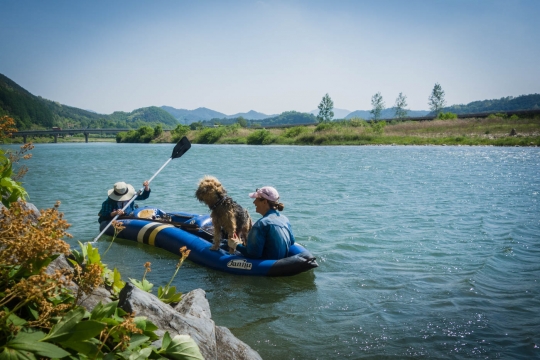


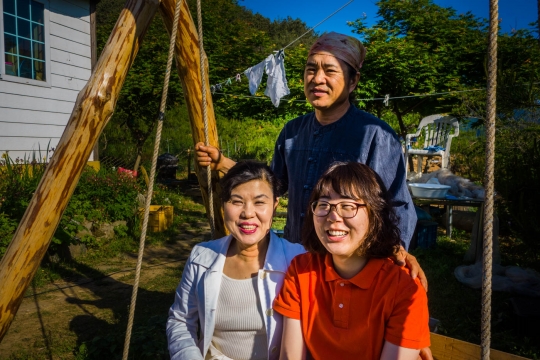

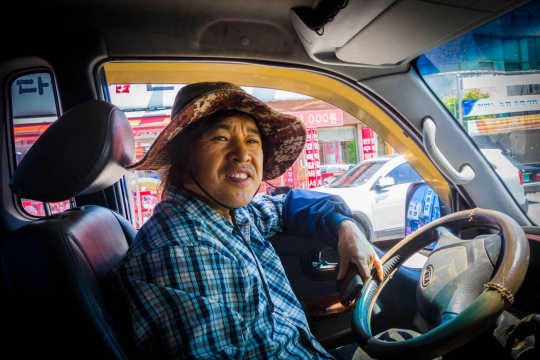
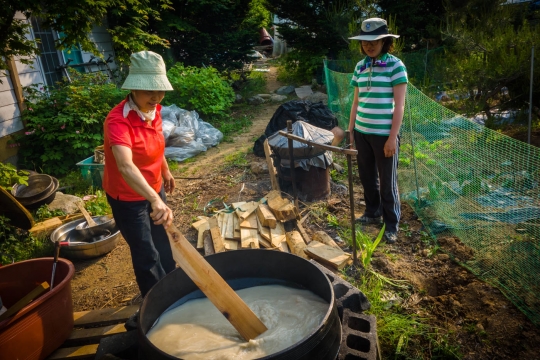



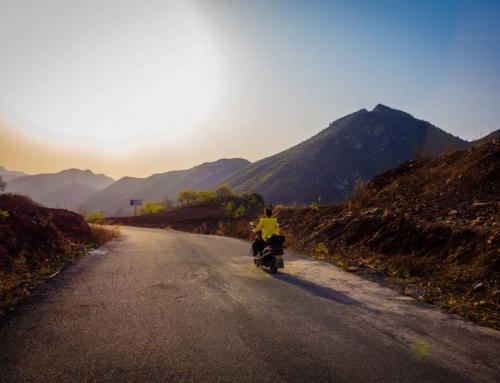
[…] WWOOFing at an organic pine tree farm in South Korea […]